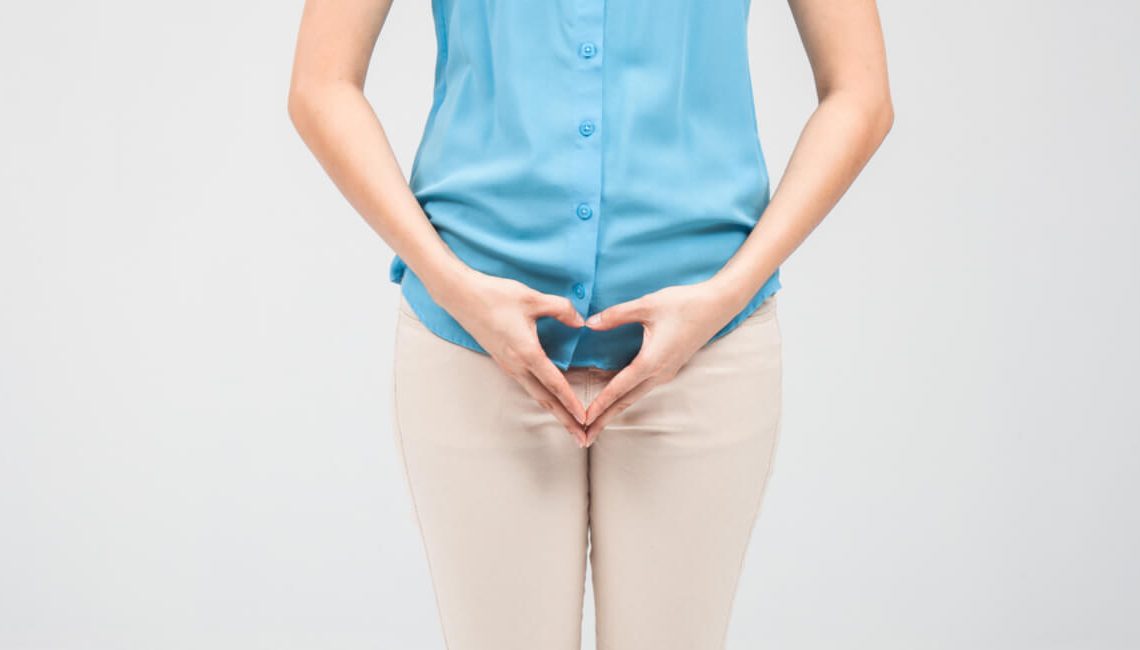
Another taboo is finally crumbling: people are increasingly requesting genital antiaging treatments. What is it exactly, and what are the benefits?
Even more so than other skin areas, our genitals go through the aging process both in appearance and function. In fact, just like our face, the genital skin and mucosae are particularly prone to the aging process, since they too are sensitive to sexual hormone levels.
Menopausal women and andropausal men have the same issues of dryness, wrinkliness and laxity, mucosal thinning and pigment changes both in the facial and genital areas. But the latter also suffer a functional decay which leads to reduced libido or even to functional impotence. Nowadays, the demand for graceful ageing has spread to our genital areas, for which specific cosmetic products, medical-cosmetic procedures and even plastic surgery are now available.
Luckily we can now state that there are expedients and precautions which facilitate and support the transition into menopause and andropause. First and foremost, our lifestyles: a proper diet, especially when it comes to cutting down on carbohydrates, fat and animal protein, stopping smoking, limiting our alcohol intake, moderate physical exercise are all pretty infallible allies in maintaining our sexual functionality.
But there are other factors, ascribable more to appearance than functionality, which are just as important for a serene and harmonious sexuality in our autumn years. One of the earliest and most common signs of ageing in the nether regions is, for example, hypotrichosis, that is the conspicuous thinning of pubic hair, due to it being a sexual attribute whose trophism is strictly dependent on one’s hormonal asset. While for some it isn’t an issue, for others hypotrichosis is a cause of significant discomfort. Dermopigmentation, i.e. medically assisted cosmetic tattooing, can help reduce the aesthetic impact of this condition.
Mucosal dryness can be treated locally with gels containing hyaluronic acid, amino acids, soya plant extract and Dioscorea, but also systemically with food supplements such as probiotics, lipoic acid and plant extracts. The use of natural vasoactive substances which increase microcirculation, such as visnadin, coleus barbatus and panicum miliaceum, can help women improve their sexual performance, and continuous, regular use can also crucially support tissue trophism.
Hyperpigmentation, that is the darkening of the skin tone in the genital area, can also be treated, as long as the aggressiveness of the employed depigmenting substances is reduced by adding protective factors, antioxidants and regenerating molecules to the formula. The products should also have been specifically clinically formulated for use in these anatomical areas. Parts which have lost volume or tone can be treated with fillers, i.e. injectable substances such as hyaluronic acid, which has indications for the aesthetic improvement of the genital area in both men and women.
Taking care of one’s 360° appearance translates to ageing successfully, preventing the onset of age-related diseases and bypassing the blemishes brought on by the passing of time. Beauty should be pursued by seeking inspiration in canons which are suitable for one’s age, and never fretting spasmodically over one’s lost youth.
By following these preventive strategies, the autumn and even winter years of our lives can be lived as an age of regeneration and sexual reawakening. One has more time to dedicate to oneself, maturity has granted us wisdom and serenity, and work-, economical and family issues have all given us a break.
Article of Dr Adele Sparavigna for https://4me.styl


